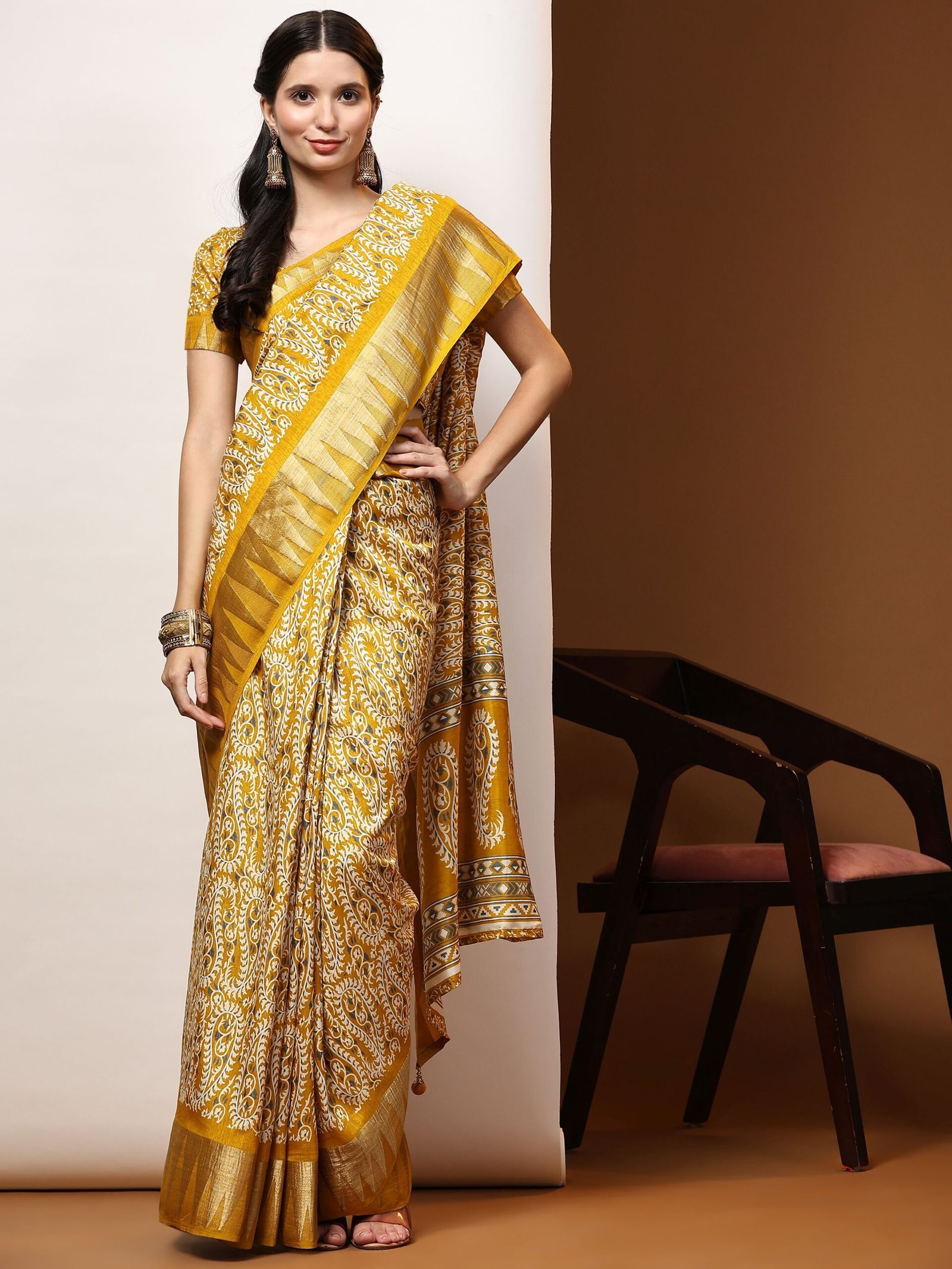In the world of traditional Indian sarees, few stand out as gracefully as the Kanjeevaram silk saree. These exquisite pieces of art are celebrated for their timeless beauty, rich heritage, and craftsmanship that has been passed down through generations. In this article, we’ll delve deep into the world of Kanjeevaram silk sarees, exploring their history, the weaving process, motifs, regional variations, and the enduring allure that makes them a cherished possession of women across India and beyond.
The Legacy of Kanjeevaram Silk
Kanjeevaram, also known as Kanchipuram, is a small town in Tamil Nadu, India, that has earned international recognition for producing some of the finest silk saree for women in the world. The history of Kanjeevaram silk dates back to ancient times, with references to the town’s silk trade found in Tamil Sangam literature, which dates back over 2,000 years.
The distinctiveness of Kanjeevaram silk lies in its pure mulberry silk thread and the traditional weaving process. It is believed that the art of Kanjeevaram silk weaving was initiated by the sage Markanda, who was said to have woven tissue from the lotus fiber.
Weaving the Elegance
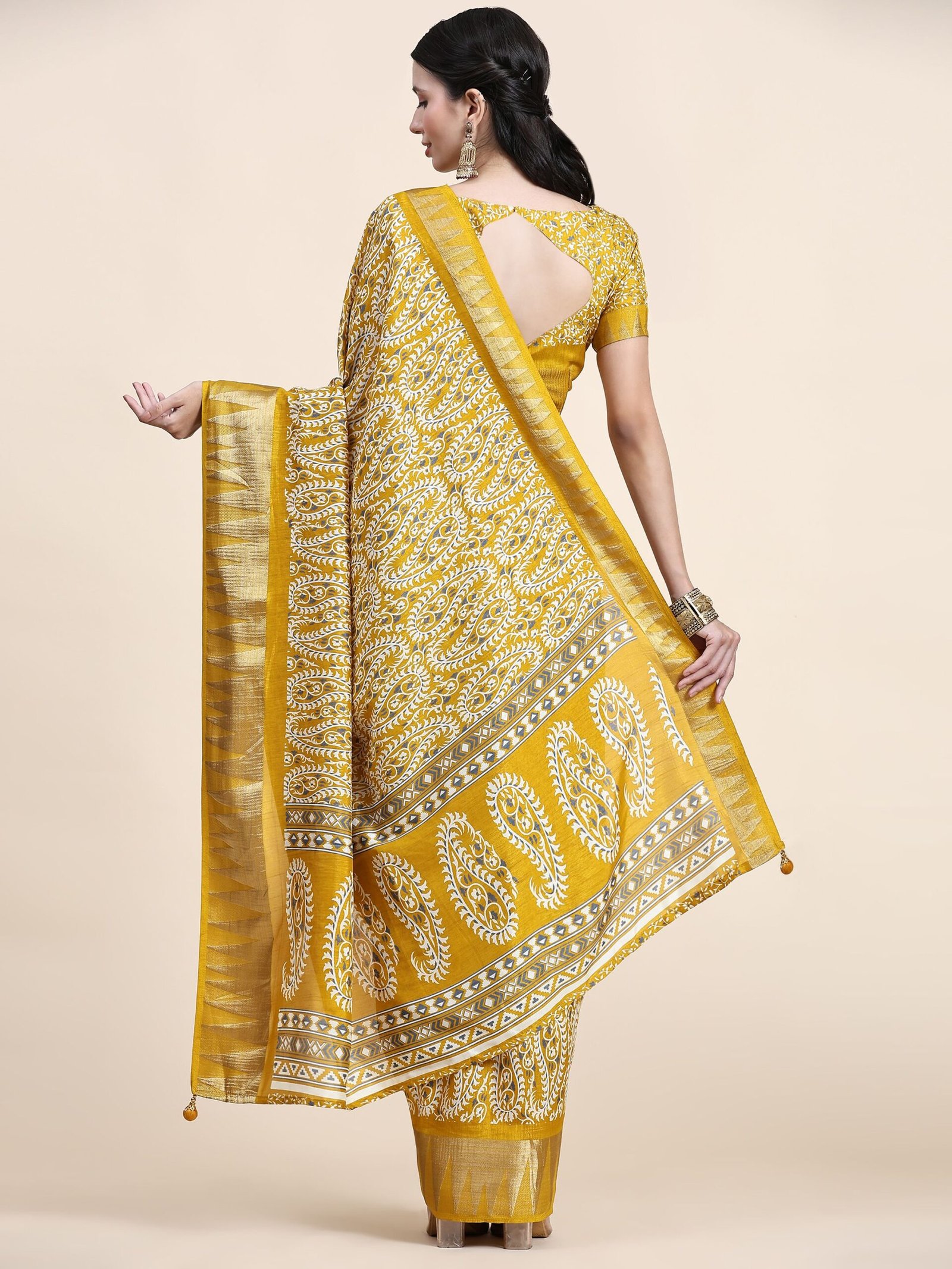
Kanjeevaram silk sarees are renowned for their quality, intricate designs, and vibrant colors. The weaving process is a labor-intensive art that has been perfected over centuries. Let’s take a closer look at how these sarees are crafted.
Procuring Raw Silk: The process begins with the procurement of high-quality mulberry silk threads. These threads are sourced from the silk farms in Karnataka, which are known for producing some of the finest silk in India.
Dyeing the Silk: Once the raw silk is sourced, it undergoes a meticulous dyeing process. The colors used in Kanjeevaram sarees are vibrant and often inspired by nature and traditional motifs. The dyes are carefully chosen to achieve the desired shades.
Zari Work: One of the distinguishing features of Kanjeevaram sarees is the intricate Zari work. Pure gold or silver threads, or nowadays, a combination of copper wire coated with gold or silver, are used to create the intricate patterns and motifs that grace the sarees.
Weaving: The weaving process itself is a marvel. It’s not just the quality of silk that makes Kanjeevaram sarees special but also the expertise of the weavers. Traditionally, this art has been passed down through generations, and weavers take pride in their skills. The sarees are woven on handlooms, with every thread carefully placed to create the desired pattern. The weave is such that the body and border of the saree are woven separately and then interlocked, giving it the distinctive durability and grandeur.
Motifs and Designs: Kanjeevaram sarees are known for their intricate motifs and designs. Some of the popular motifs include temple borders, checks, florals, peacocks, and geometric patterns. Each motif tells a story and carries cultural significance.
Pallu and Border: The pallu, or the decorative end of the saree, is a significant feature of Kanjeevaram sarees. It is often adorned with heavy Zari work and motifs, making it a focal point of the saree. The border, too, is carefully crafted with Zari and can vary in width, adding to the beauty of the saree.
Regional Variations of Kanjeevaram Sarees
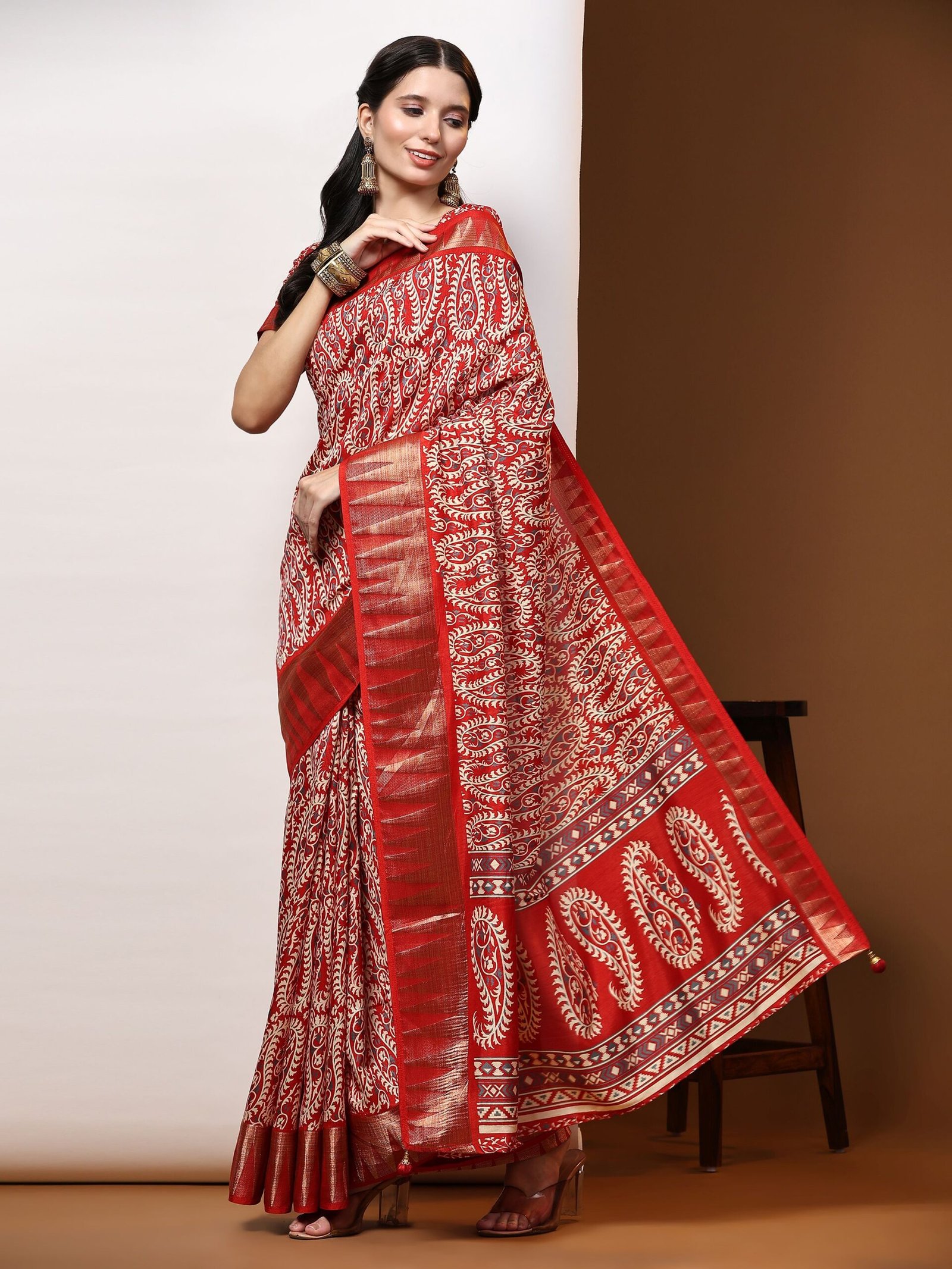
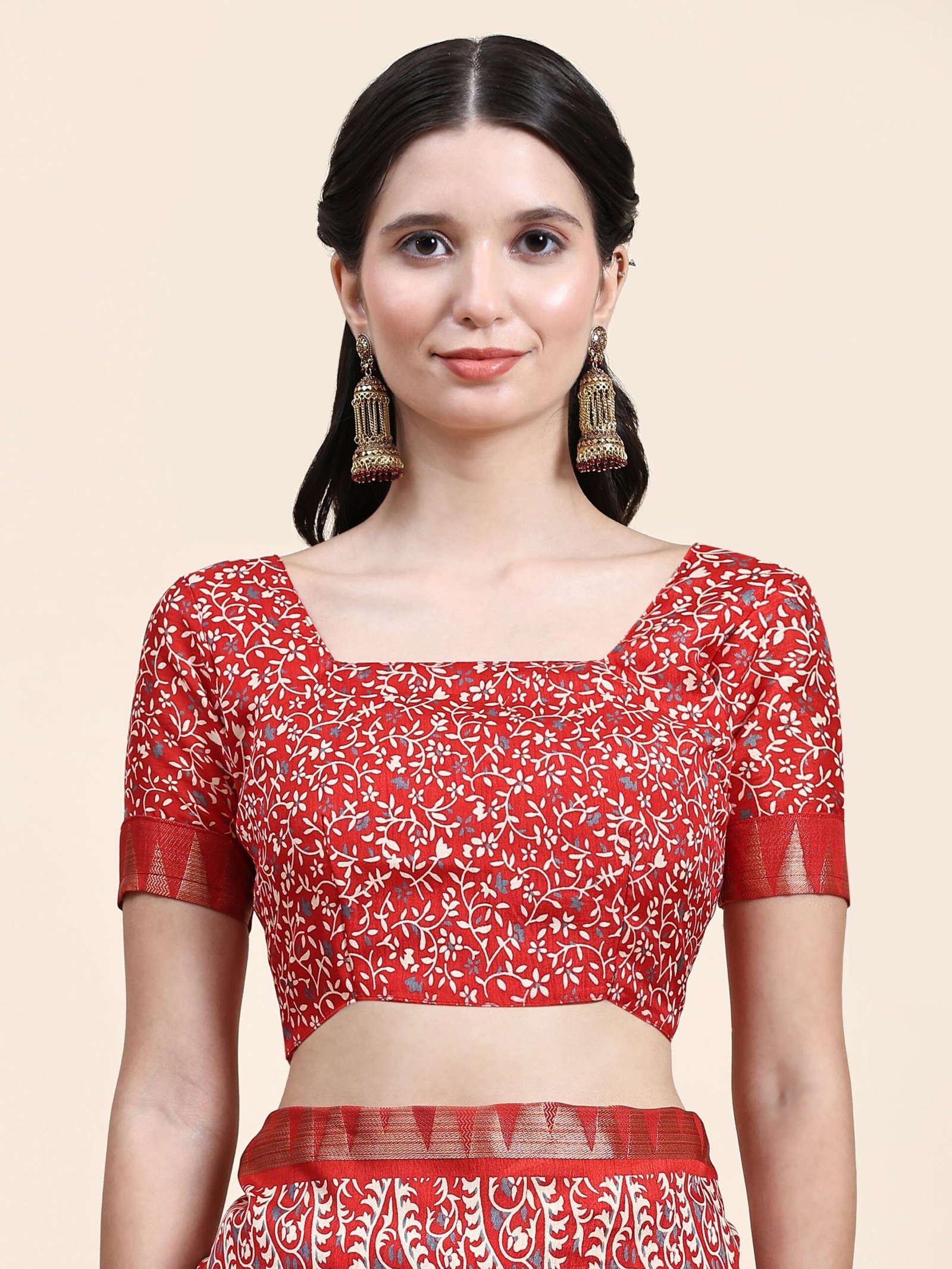
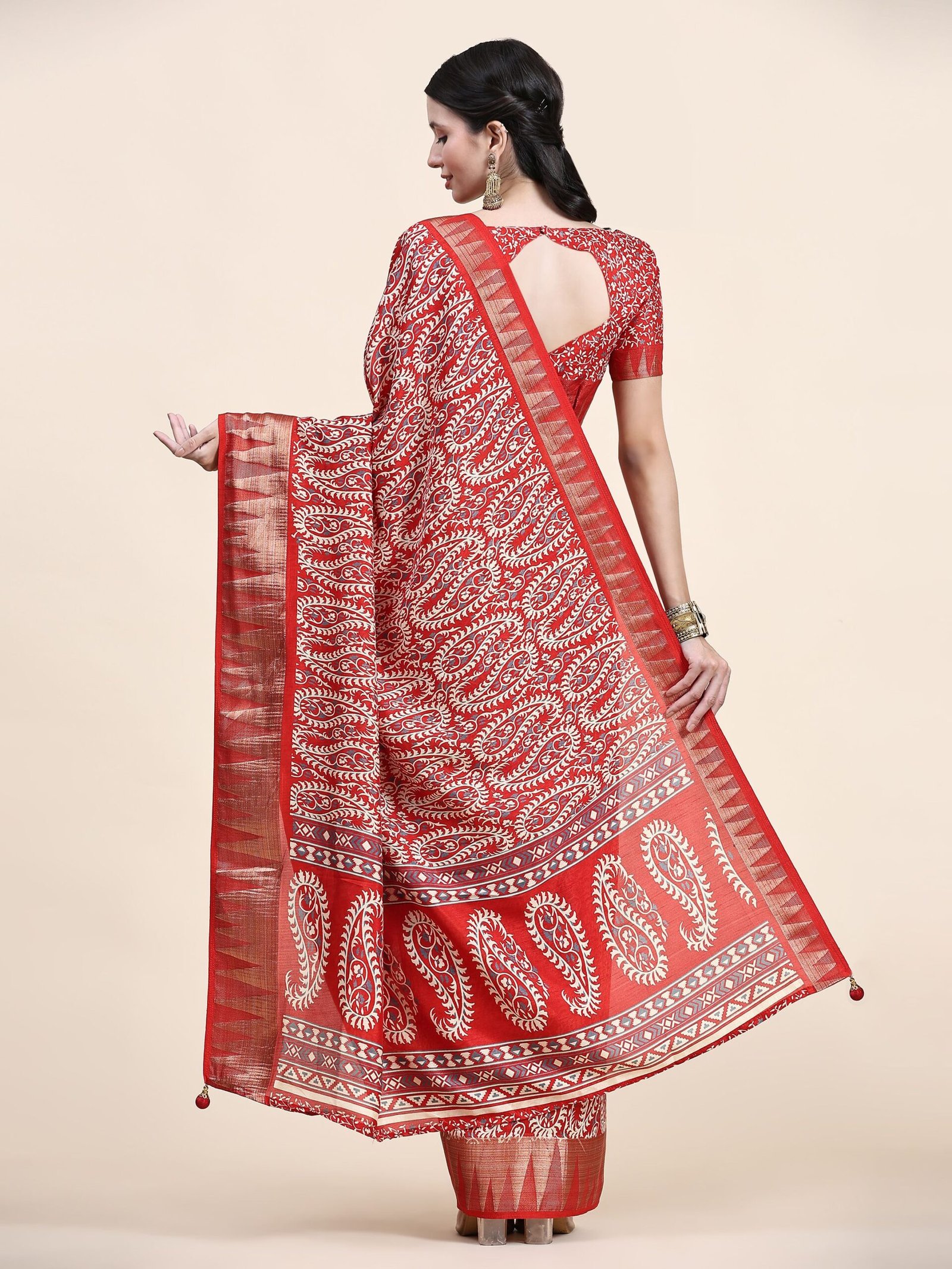
Kanjeevaram sarees are a testament to India’s diversity. While the town of Kanchipuram is renowned for its silk, there are regional variations that showcase the unique influences of different areas. Here are some of the regional variations of Kanjeevaram sarees:
Kanchipuram Sarees: These sarees are the quintessential Kanjeevaram silk sarees. They feature broad borders with temple designs, checks, and intricate Zari work. They are known for their sturdy and durable quality.
Dharmavaram Sarees: Dharmavaram, in Andhra Pradesh, is known for its contribution to the world of silk sarees. Dharmavaram silk sarees often have contrasting pallu and body colors with intricate patterns.
Arani Sarees: Arani, another town in Tamil Nadu, produces sarees that are similar to Kanchipuram sarees but with some regional distinctions. Their delicate texture and light weight are well renowned.
Salem Sarees: Salem, in Tamil Nadu, is known for its bright and vibrant Kanjeevaram sarees. They often feature floral and peacock motifs.
Kumbakonam Sarees: Kumbakonam, another town in Tamil Nadu, produces sarees with intricate checks and temple motifs. The borders are adorned with beautiful Zari work.
Mysoresilk Sarees: Mysore, in Karnataka, is renowned for its Mysore silk sarees. These sarees are known for their simplicity and elegance, often featuring minimalistic Zari work and pastel shades.
Each regional variation adds its own unique touch to the world of Kanjeevaram silk sarees, and collectors often treasure them for their distinctive characteristics.
Significance and Symbolism
Kanjeevaram silk saree are not just garments; they are symbols of tradition, culture, and significance. Here’s what makes them special:
Cultural Heritage: Kanjeevaram sarees are an integral part of India’s cultural heritage. They are associated with grand occasions, festivals, and rituals, making them an essential part of Indian culture.
Auspiciousness: These sarees are often worn on special occasions like weddings and festivals. They are thought to bestow blessings and good fortune upon the wearer.
In Conclusion
Kanjeevaram silk sarees are more than just garments; they are living pieces of art, symbols of tradition and culture, and a reflection of the enduring craftsmanship that defines India’s textile heritage. With their intricate motifs, vibrant colors, and regional variations, Kanjeevaram sarees continue to captivate women of all generations.
They are more than mere sarees; they are heirlooms, symbols of auspiciousness, and sources of pride. The timeless allure of Kanjeevaram silk sarees remains undiminished, and their legacy continues to weave its way into the hearts of those who wear them.
As you drape yourself in the elegance of a Kanjeevaram silk saree, take a moment to appreciate the centuries of tradition, the dedication of the weavers, and the stories woven into every thread. It’s not just a piece of clothing; It is a historical artifact.

